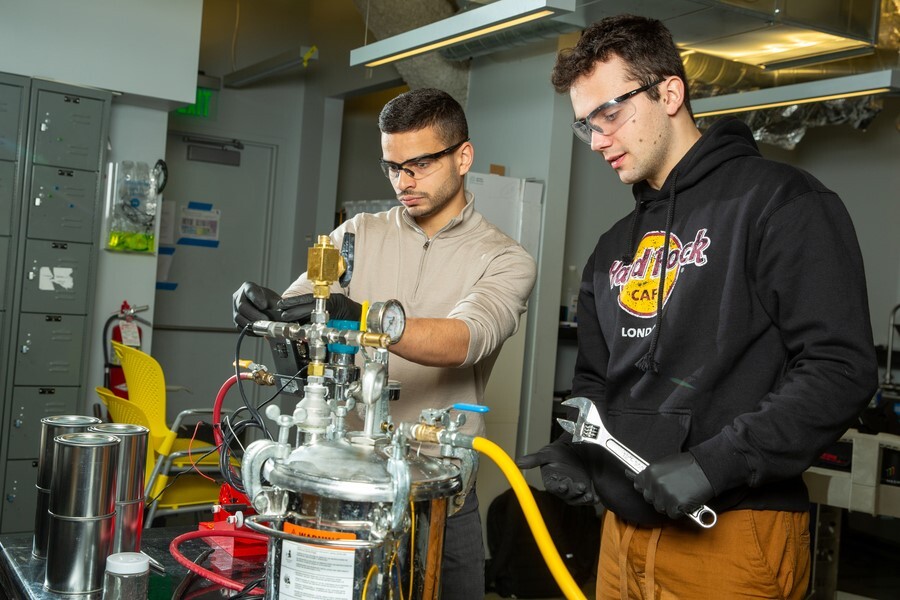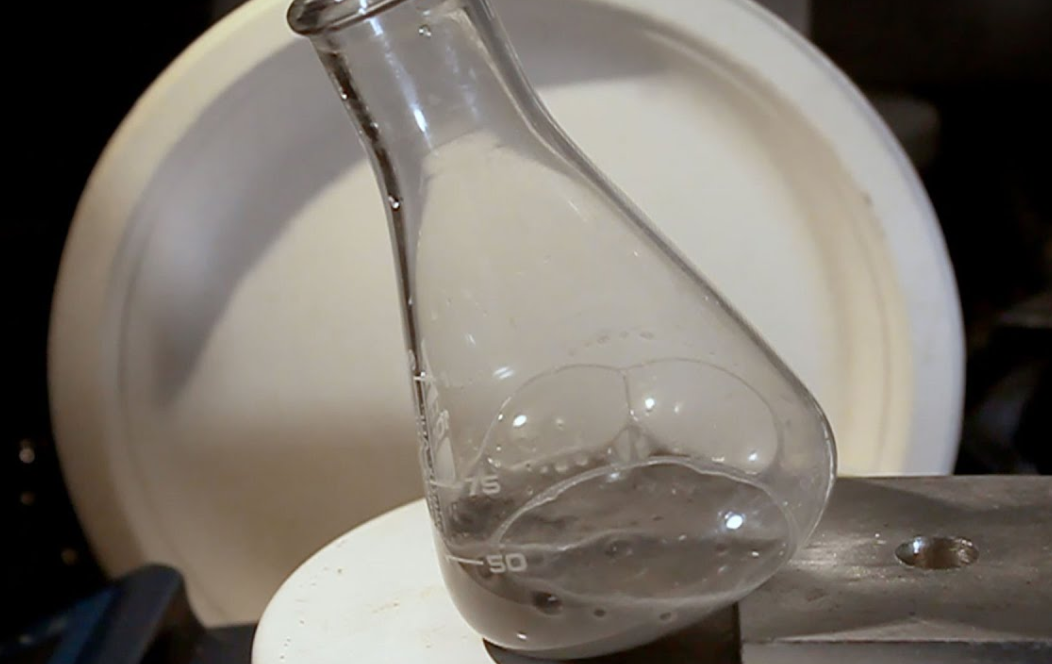

Massachusetts Institute of Technology (MIT) engineers have come up with an interesting discovery focussing on aluminium, soda cans and caffeine. The team led by Douglas Hart, is developing efficient and sustainable methods to produce hydrogen gas, considered a "green" energy source for powering engines and fuel cells without emitting climate-warming gases.

They have discovered that exposing pure aluminium from soda cans to seawater results in a reaction that produces hydrogen gas, which can be used to power engines or fuel cells without emitting carbon. This reaction can be accelerated with the addition of caffeine.
“We’re showing a new way to produce hydrogen fuel, without carrying hydrogen but carrying aluminium as the ‘fuel. The next part is to figure out how to use this for trucks, trains, and maybe airplanes. Perhaps, instead of having to carry water as well, we could extract water from the ambient humidity to produce hydrogen. That’s down the line,” said study lead author Aly Kombargi, a PhD student in MIT’s Department of Mechanical Engineering.
Aluminium & seawater produces hydrogen
The team discovered that the reaction between aluminium and seawater does produce hydrogen gas, albeit at a slow pace. On a whim, they added coffee grounds to the mixture and were surprised to see the reaction speed up. They eventually found that a low concentration of imidazole, an active ingredient in caffeine, is sufficient to significantly accelerate the reaction, generating the same amount of hydrogen in just five minutes instead of the usual two hours without the stimulant.
“This is very interesting for maritime applications like boats or underwater vehicles because you wouldn’t have to carry around seawater — it’s readily available. We also don’t have to carry a tank of hydrogen. Instead, we would transport aluminium as the ‘fuel,’ and just add water to produce the hydrogen that we need,” said study lead author Aly Kombargi, a PhD student in MIT’s Department of Mechanical Engineering.
The researchers are working on developing a compact reactor that can be used on marine vessels or underwater vehicles. This reactor would contain a supply of aluminium pellets recycled from soda cans and other aluminium products, along with small amounts of gallium-indium and caffeine. These components could be periodically fed into the reactor along with surrounding seawater to produce hydrogen on demand. The hydrogen generated could then fuel an onboard engine to drive a motor or generate electricity to power the vessel.
Challenges faced
A challenge with using hydrogen fuel is that some vehicle designs require carrying the gas onboard in tanks, which is risky due to hydrogen's volatility. Instead, Hart and his team are exploring ways to power vehicles with hydrogen without transporting the gas itself. They identified a potential solution in aluminium—a naturally abundant and stable material that generates hydrogen and heat through a simple chemical reaction when it comes into contact with water.
However, the reaction presents a Catch-22: aluminium can generate hydrogen when mixed with water, but only in its pure, exposed form. The moment aluminium comes into contact with oxygen, such as in the air, it forms a thin, protective oxide layer on its surface that prevents further reactions. This barrier is why hydrogen doesn't immediately bubble up when you drop a soda can in water.

Learnings from the previous work
In previous research using fresh water, the team discovered they could penetrate aluminium's oxide layer and sustain the reaction by pretreating the aluminium with a small amount of a rare metal alloy composed of specific concentrations of gallium and indium. This alloy acts as an "activator," removing any oxide buildup and exposing a pure aluminium surface that can react with water. When they conducted the reaction in fresh, de-ionized water, a single pretreated aluminium pellet produced 400 millilitres of hydrogen in just five minutes. They estimate that one gram of pellets would generate 1.3 litres of hydrogen in the same timeframe.
New research findings
In their new research, the team found that they could retrieve and reuse the gallium-indium alloy by using a solution of ions. These ions—atoms or molecules with an electrical charge—protect the metal alloy from reacting with water and help it precipitate into a form that can be collected and reused.
He observed that hydrogen did indeed bubble up when he added aluminium to a beaker of filtered seawater, and he was able to scoop out the gallium-indium afterwards. However, the reaction was much slower compared to fresh water. This is because the ions in seawater shield the gallium-indium, allowing it to coalesce and be recovered after the reaction, but they also form a barrier on the aluminium, slowing its reaction with water. To speed up the reaction in seawater, the researchers experimented with various unconventional ingredients.
Aly Kombargi’s observation
“Lucky for us, seawater is an ionic solution that is very cheap and available,” says Kombargi, who tested the idea with seawater from a nearby beach. “I literally went to Revere Beach with a friend and we grabbed our bottles and filled them, and then I just filtered out algae and sand, added aluminium to it, and it worked with the same consistent results.”
To understand the speedup, the team consulted colleagues in MIT’s chemistry department, who recommended trying imidazole—an active ingredient in caffeine. Imidazole has a molecular structure capable of penetrating the aluminium barrier, allowing it to continue reacting with water while leaving the ionic shield around the gallium-indium alloy intact.
From the researchers desk
The researchers are confident they have the key components for a sustainable hydrogen reactor and plan to test it in marine and underwater vehicles. They estimate that a reactor containing around 40 pounds of aluminium pellets could power a small underwater glider for approximately 30 days. This would be achieved by pumping in surrounding seawater to generate hydrogen, which would then fuel the motor.
The study's co-authors are Enoch Ellis, an undergraduate in chemical engineering; Peter Godart, PhD '21, who has founded a company dedicated to recycling aluminium for hydrogen fuel; and Douglas Hart, an MIT professor of mechanical engineering.
Published in the journal Cell Reports Physical Science, the study demonstrates that hydrogen gas can be generated by placing pre-treated, pebble-sized aluminium pellets into filtered seawater. The aluminium is pre-treated with a rare-metal alloy that purifies it, enabling the reaction with seawater to produce hydrogen. The salt ions in seawater help recover the alloy, allowing it to be reused for further hydrogen production, creating a sustainable cycle.
Responses








